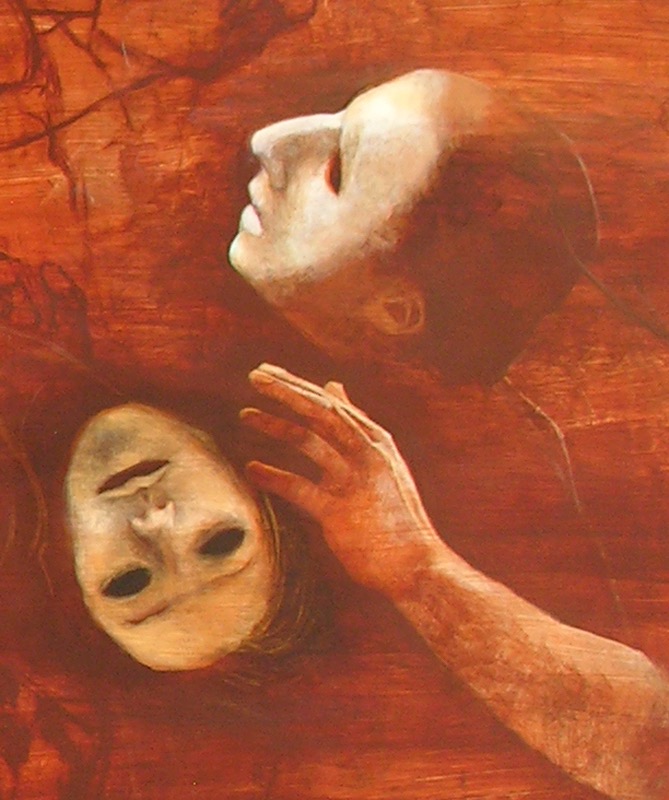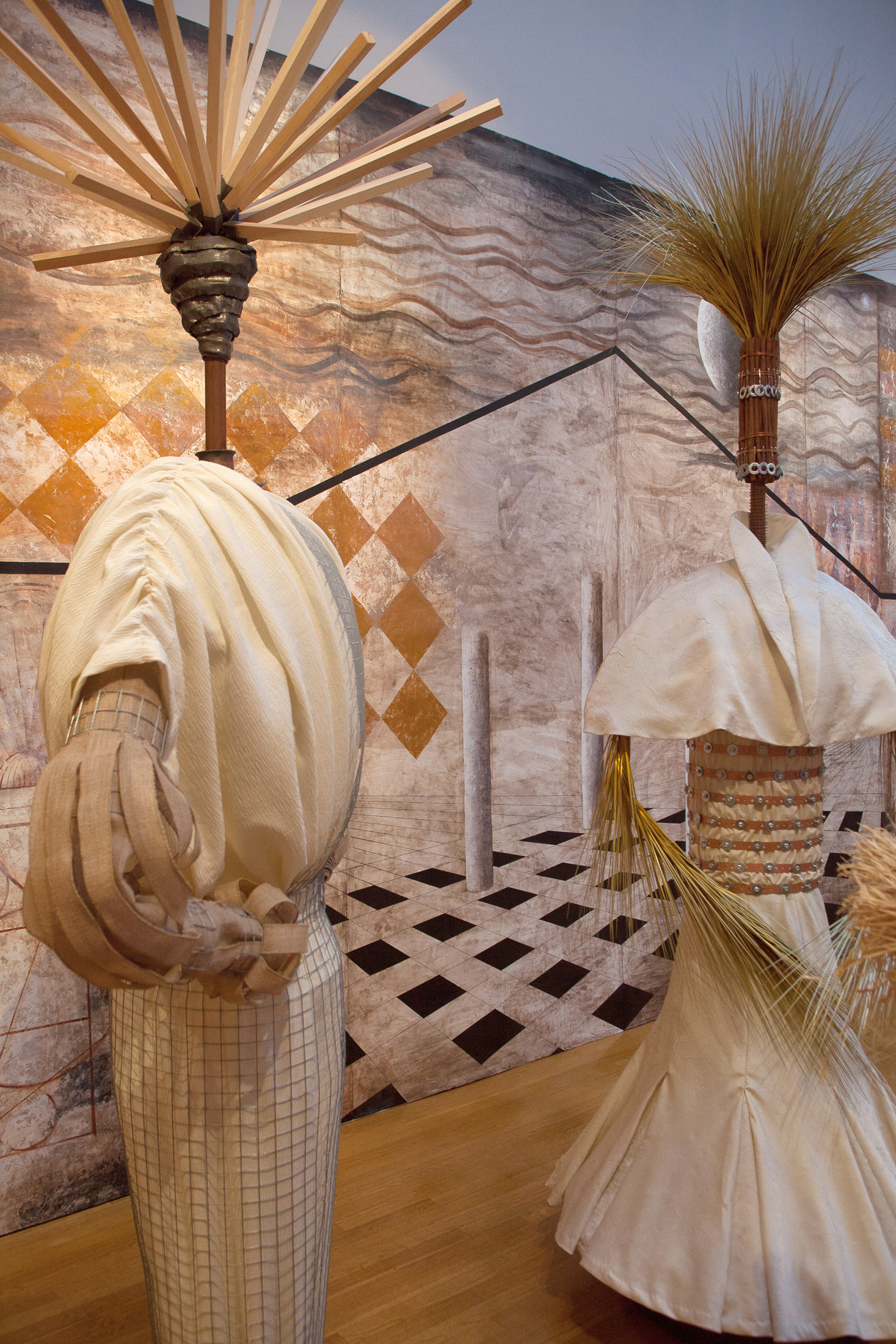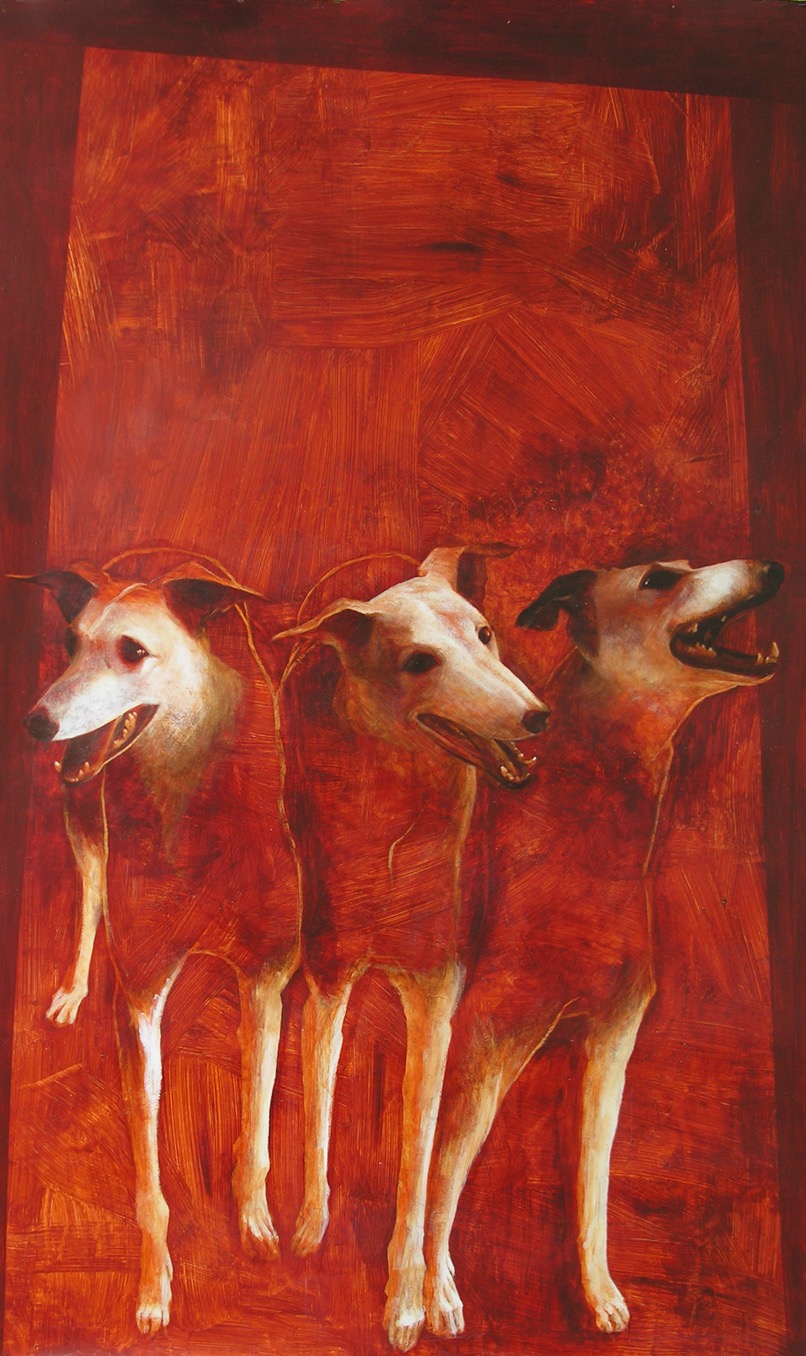Once There was a House reimagines the sudden collapse of normal daily routine, and in doing so taps everyday fears that we harbor in our own lives. Anxiety for a future disconnected abruptly from the present is rendered palpable.

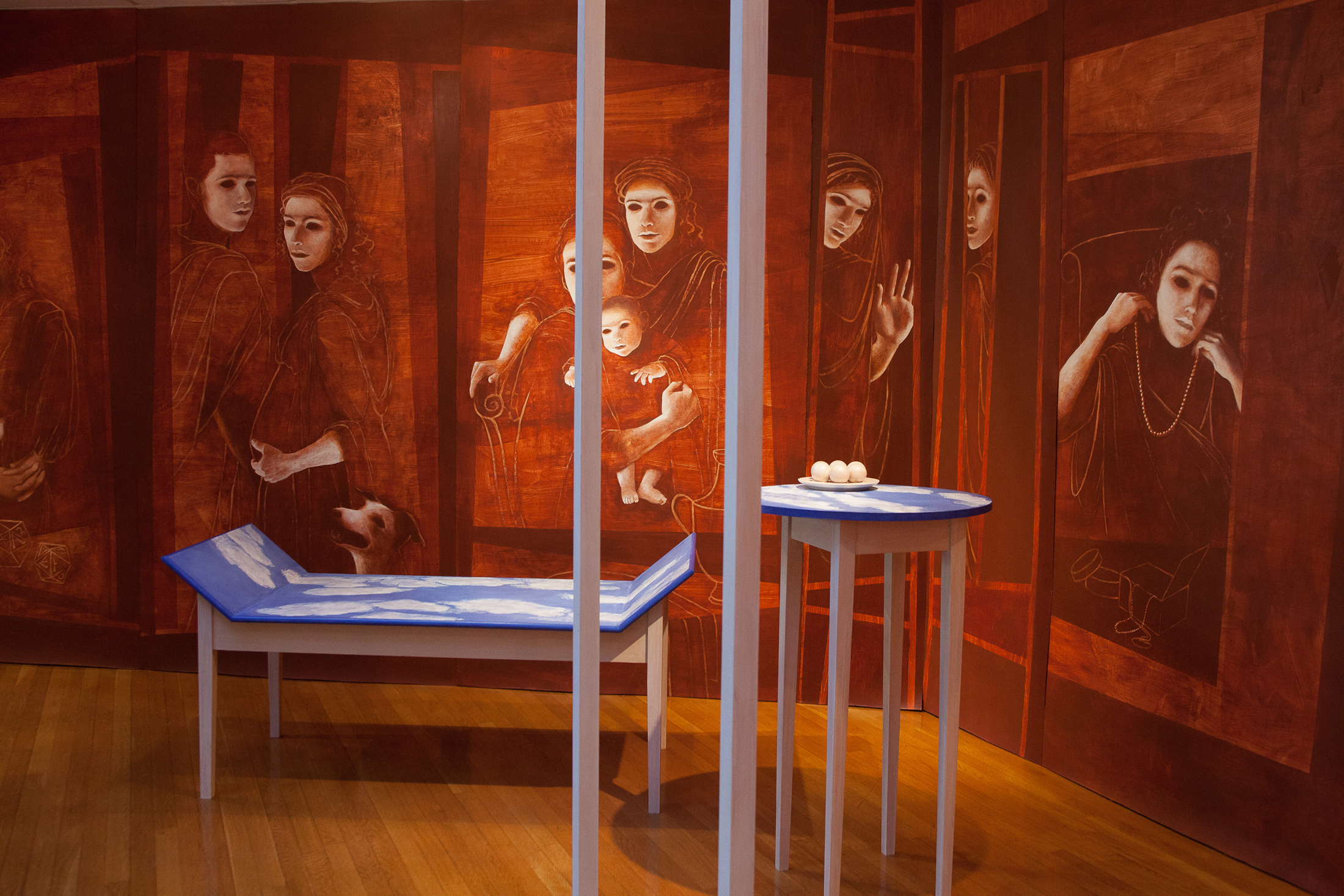
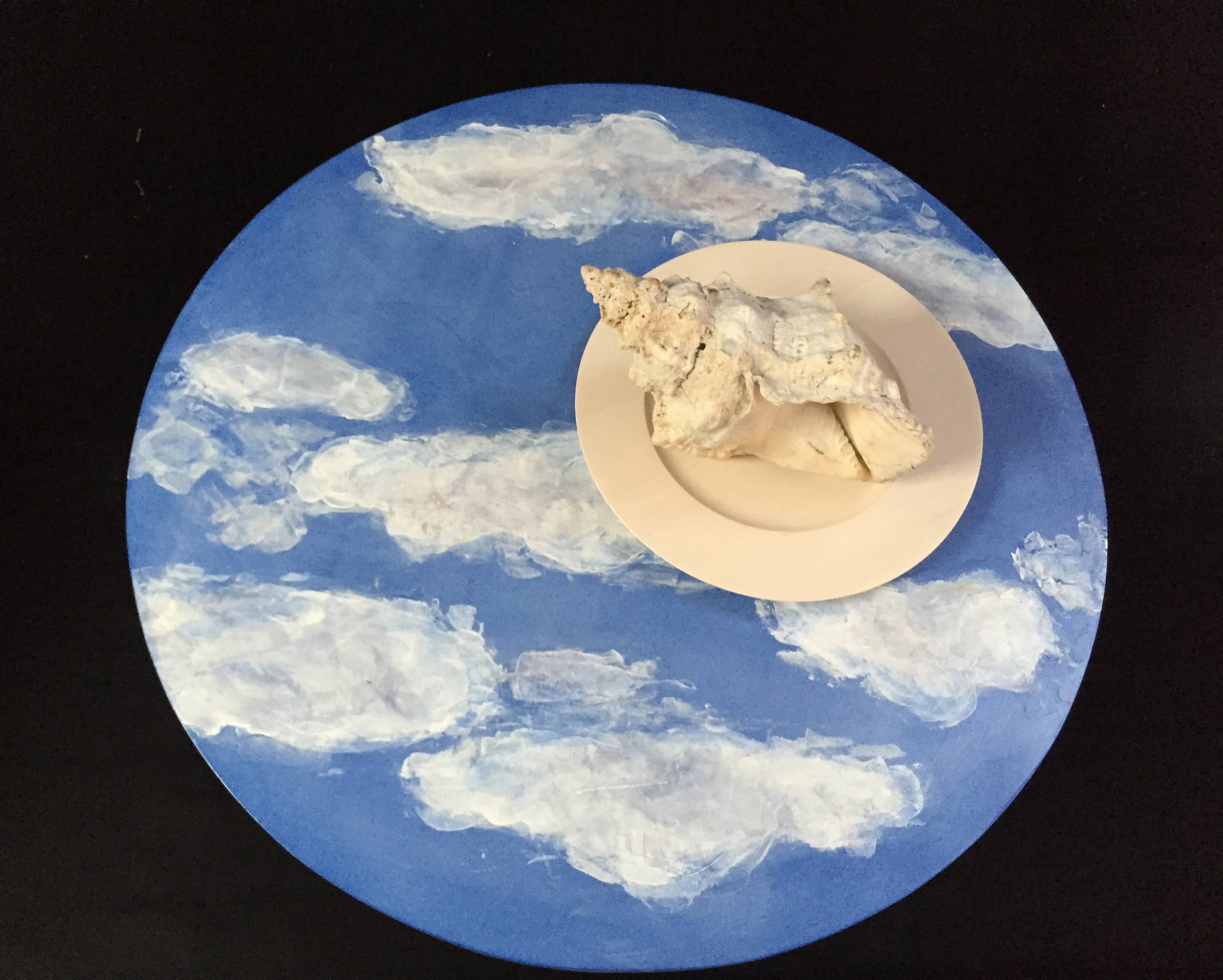
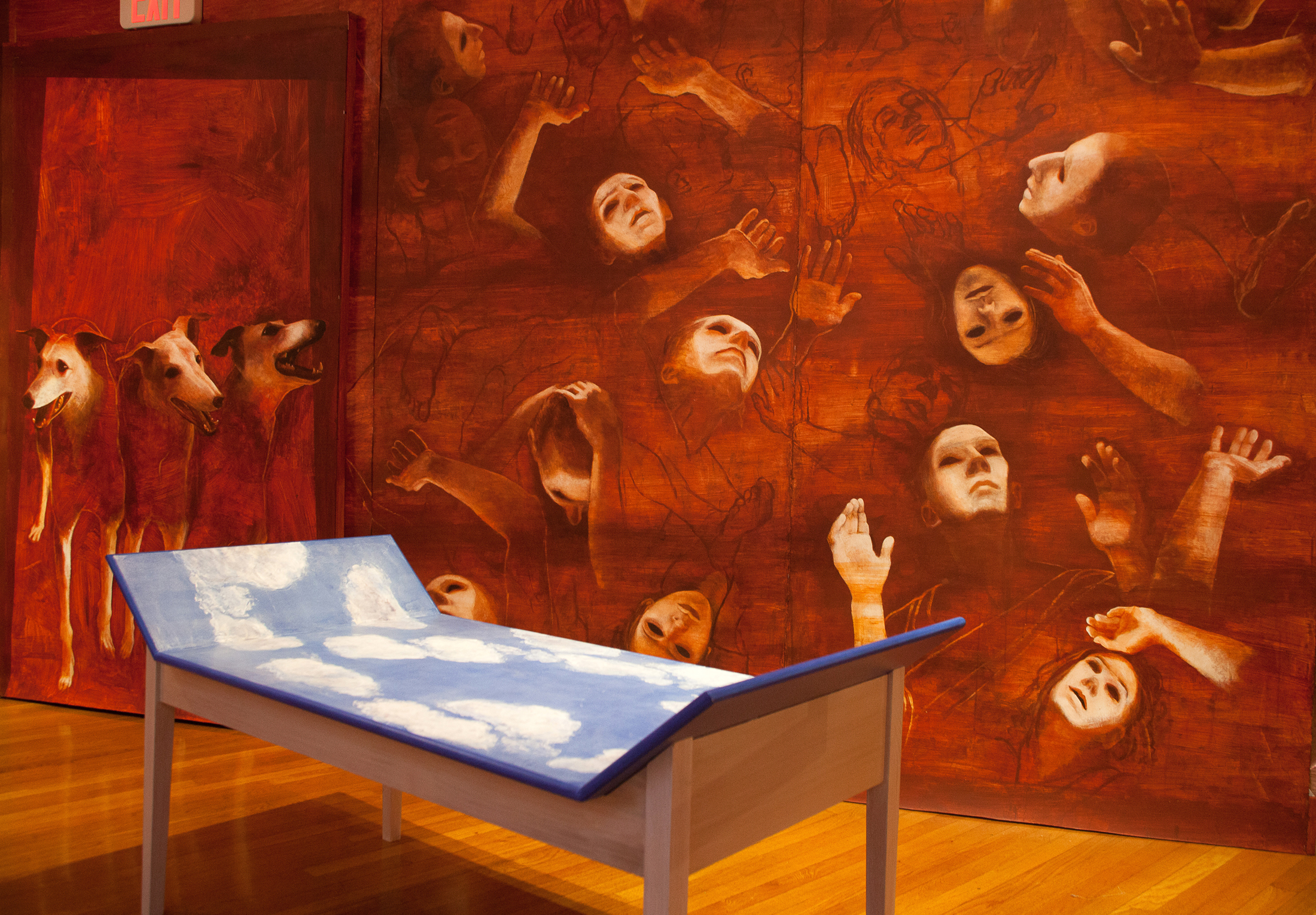
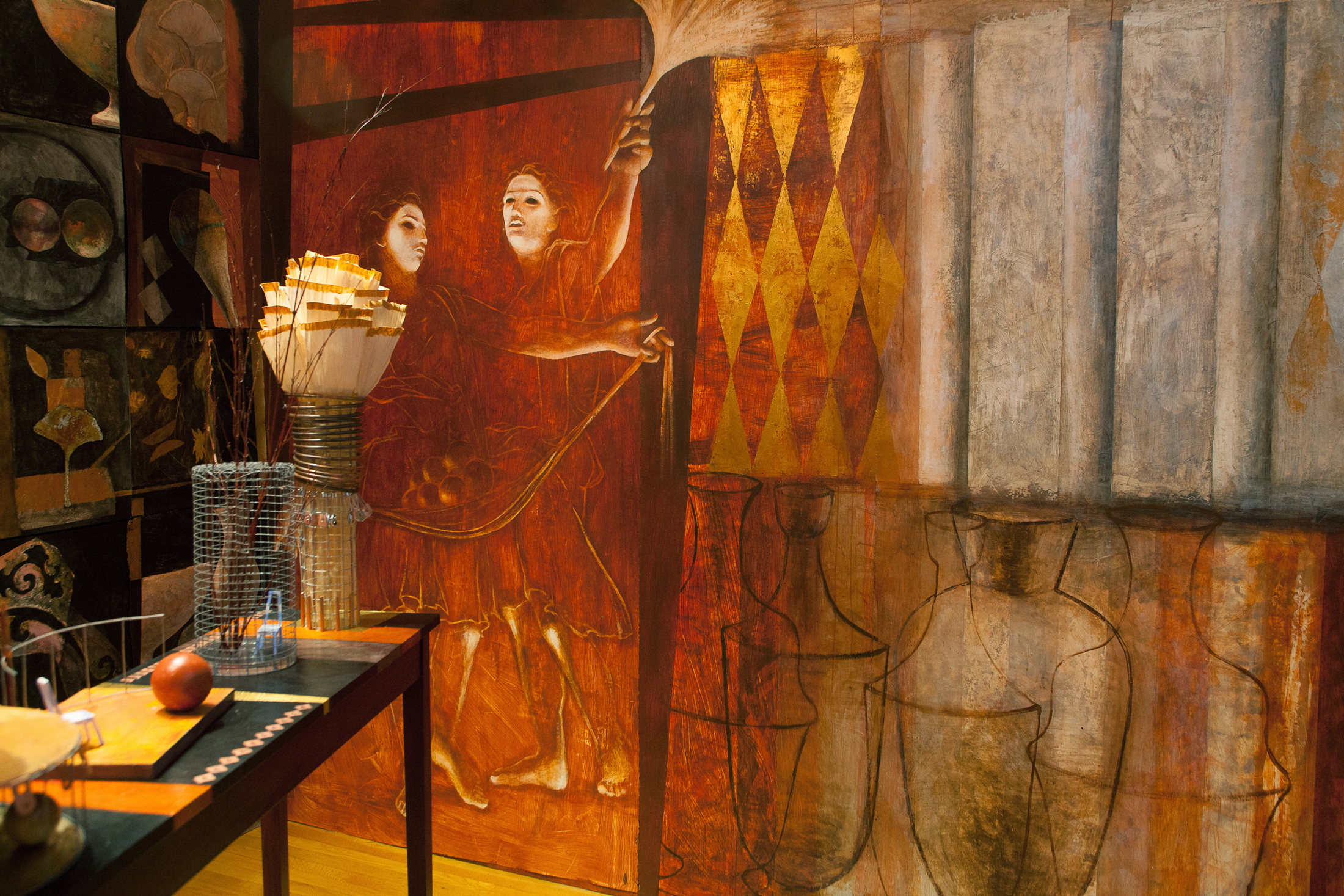
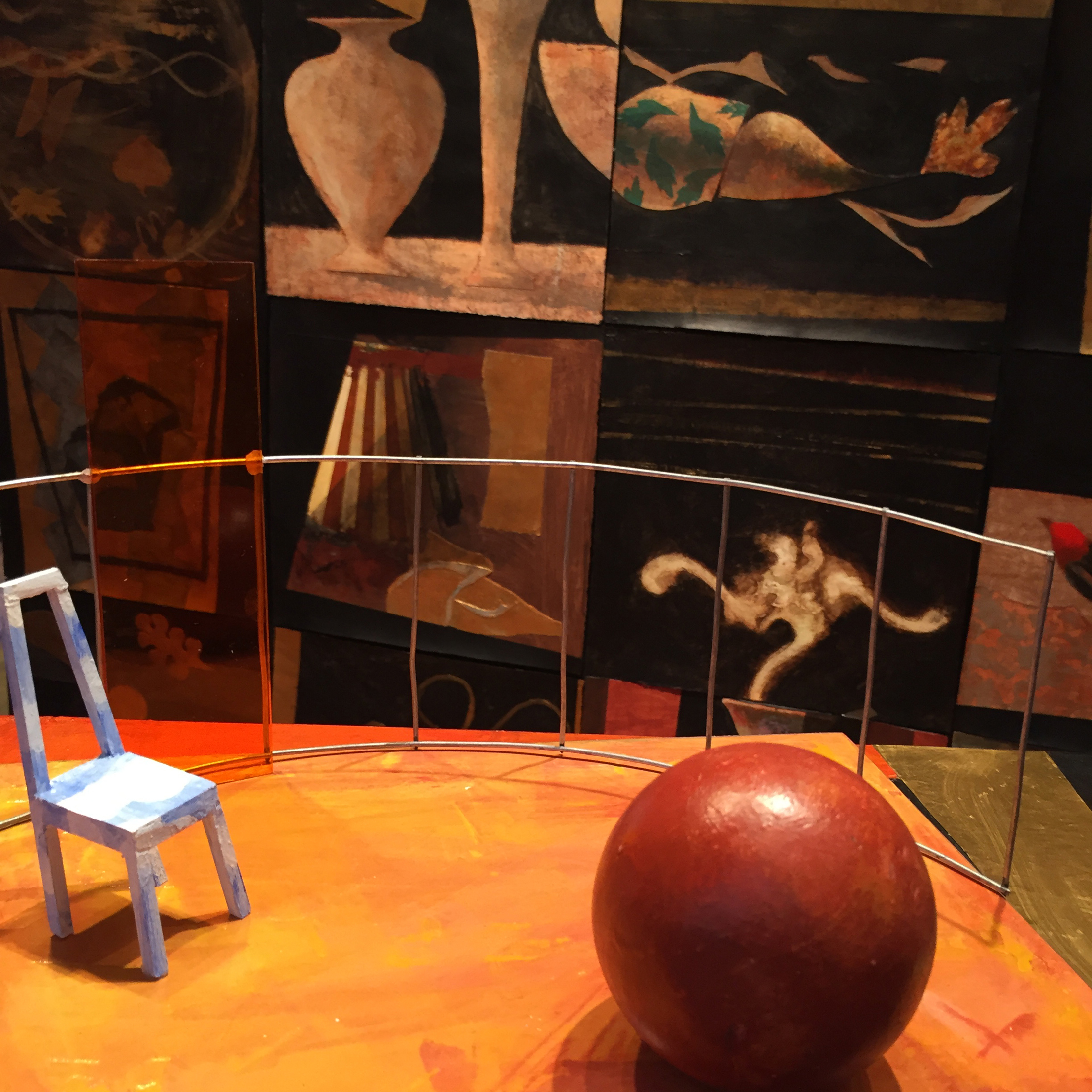
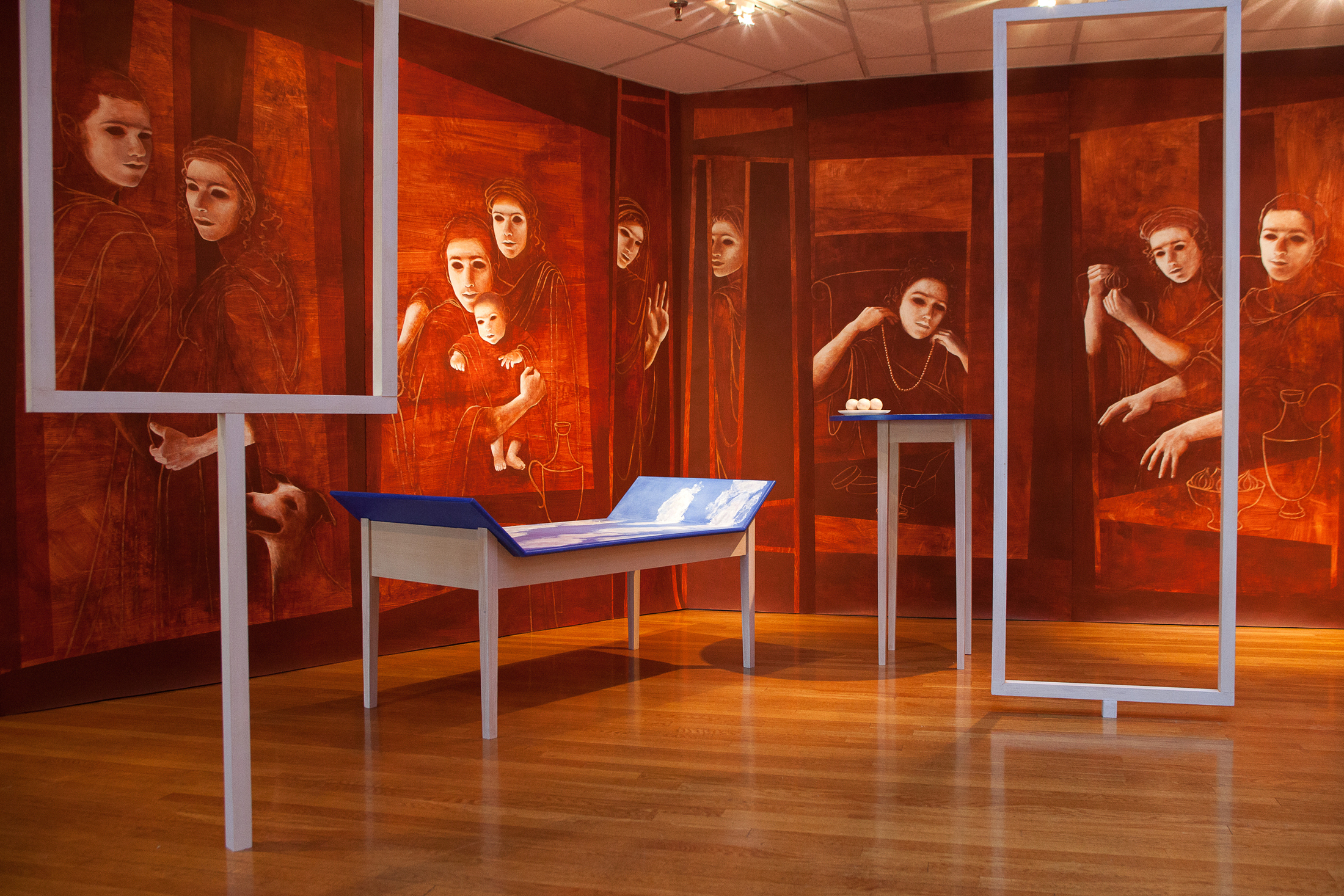
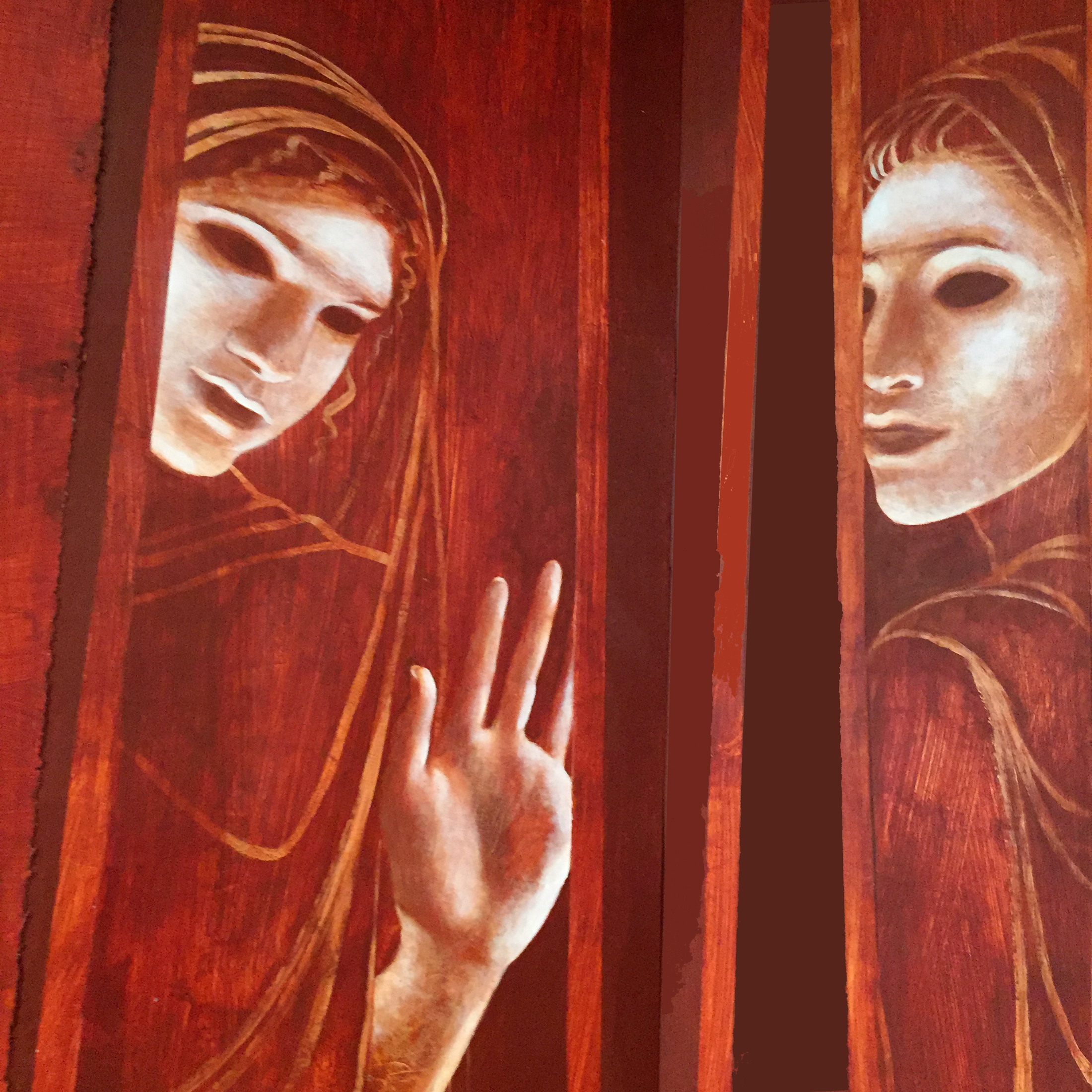
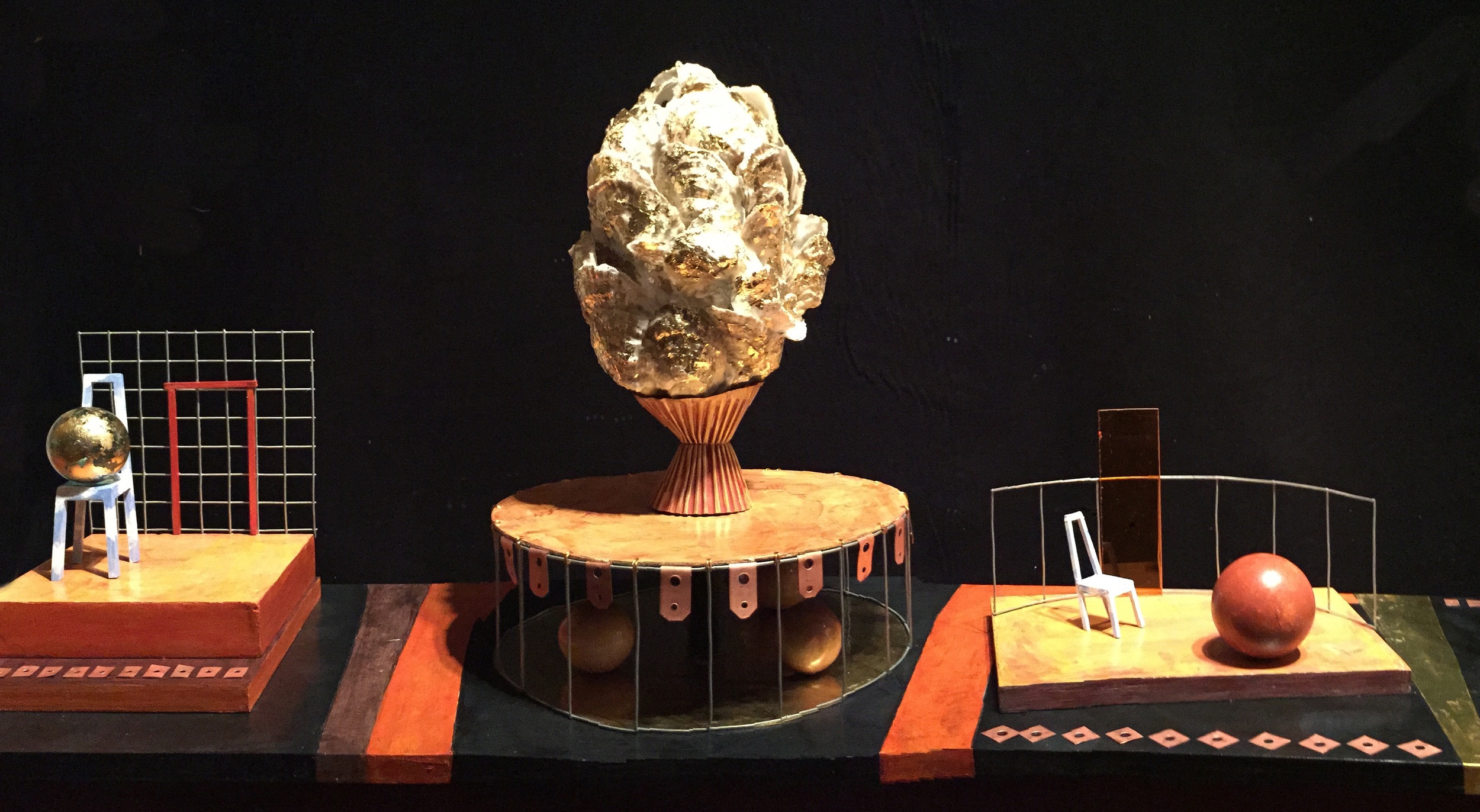
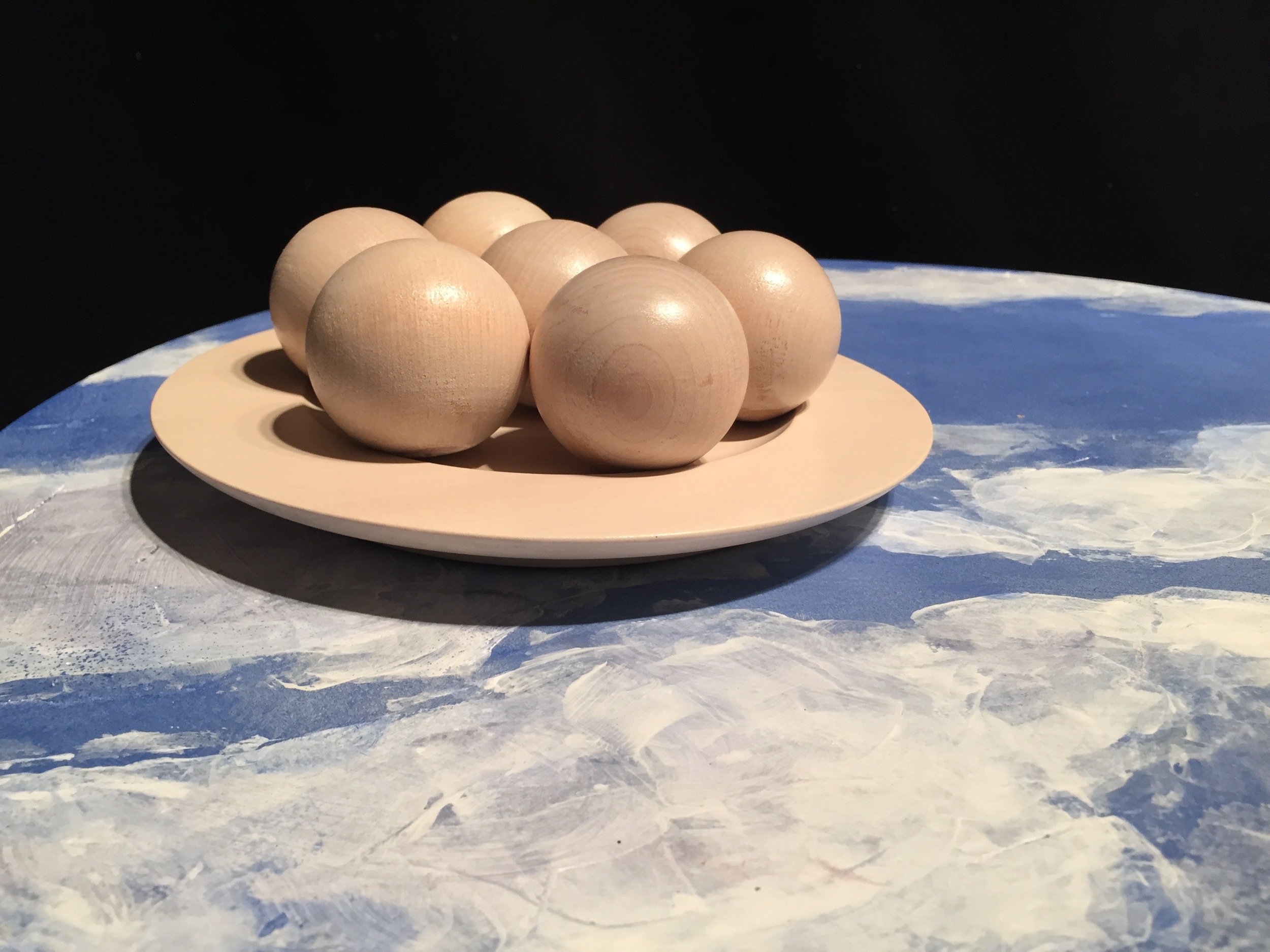
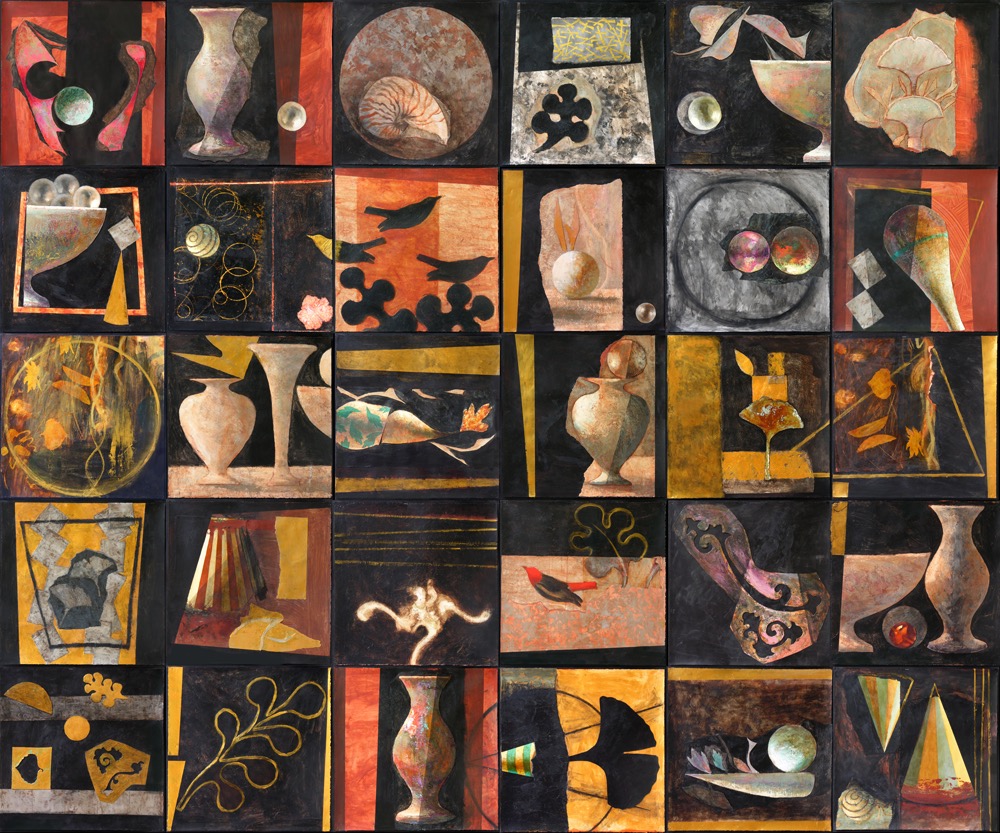
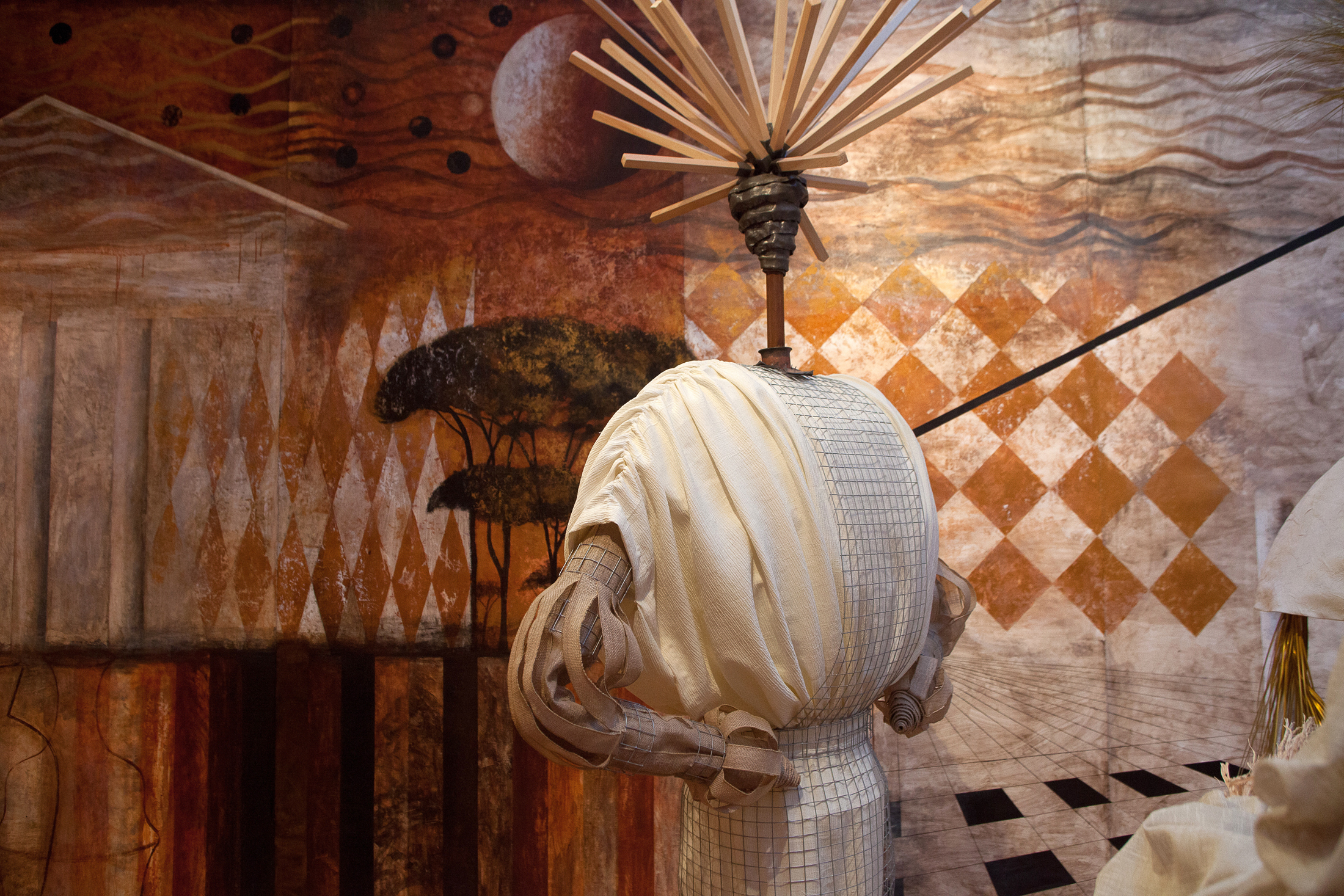
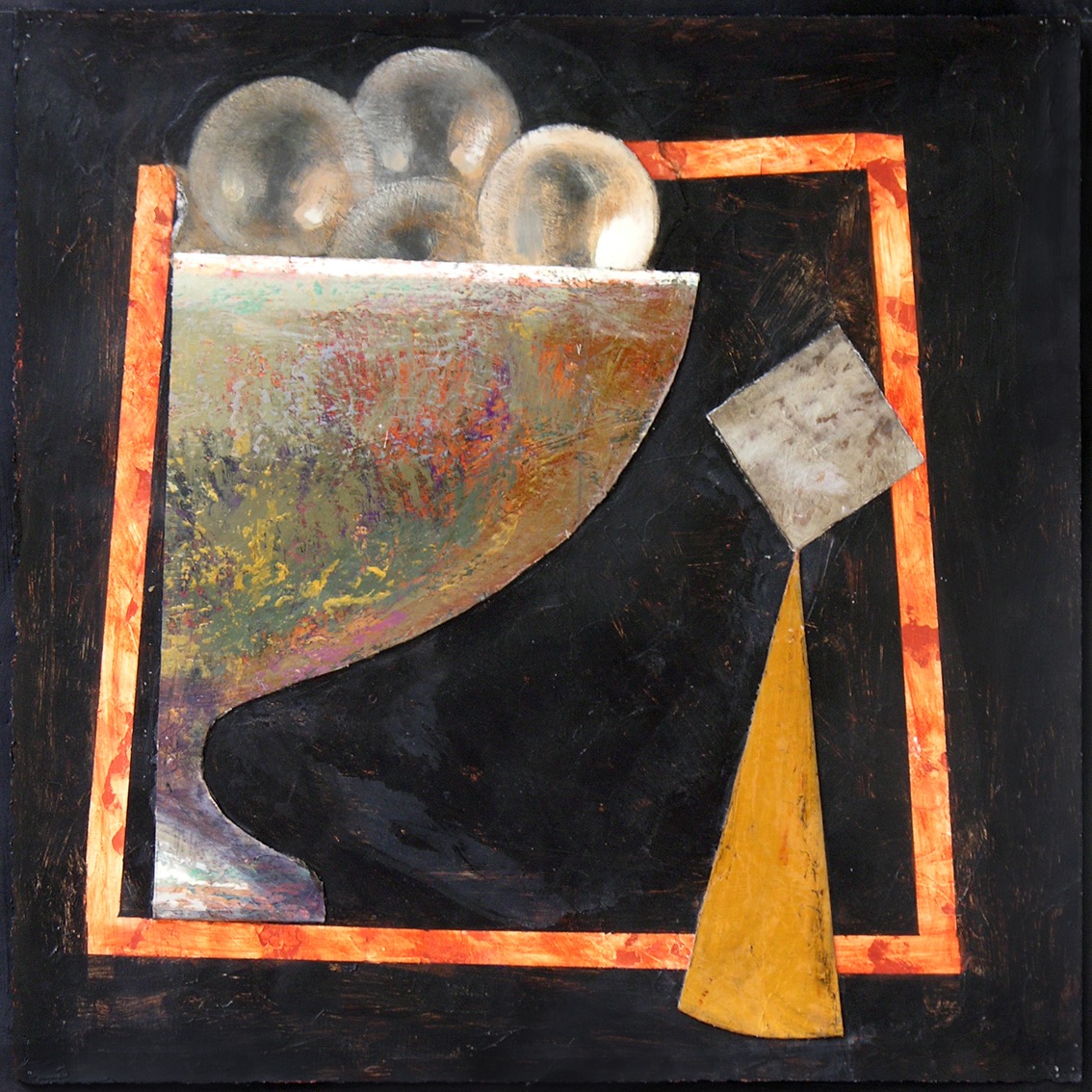
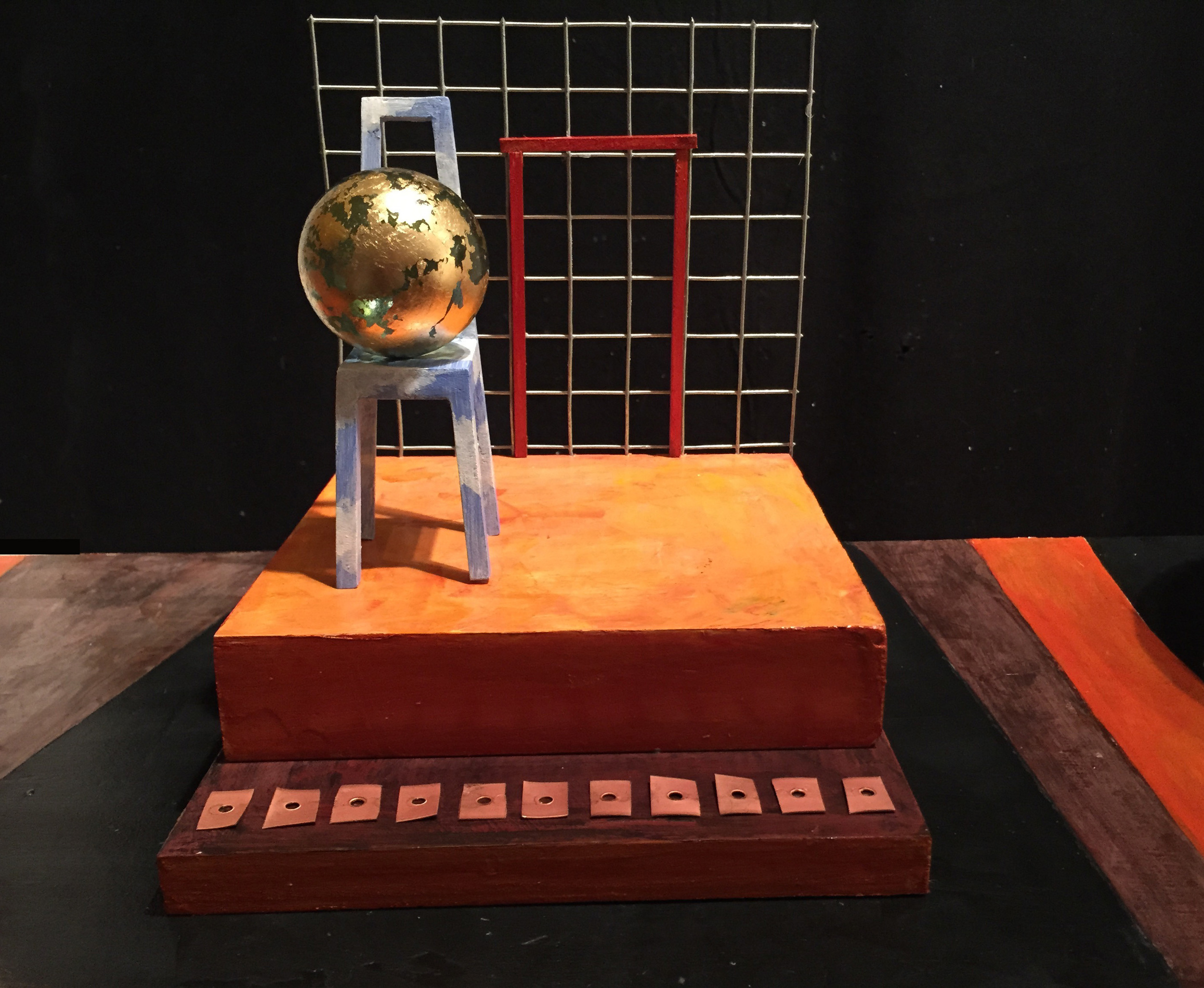
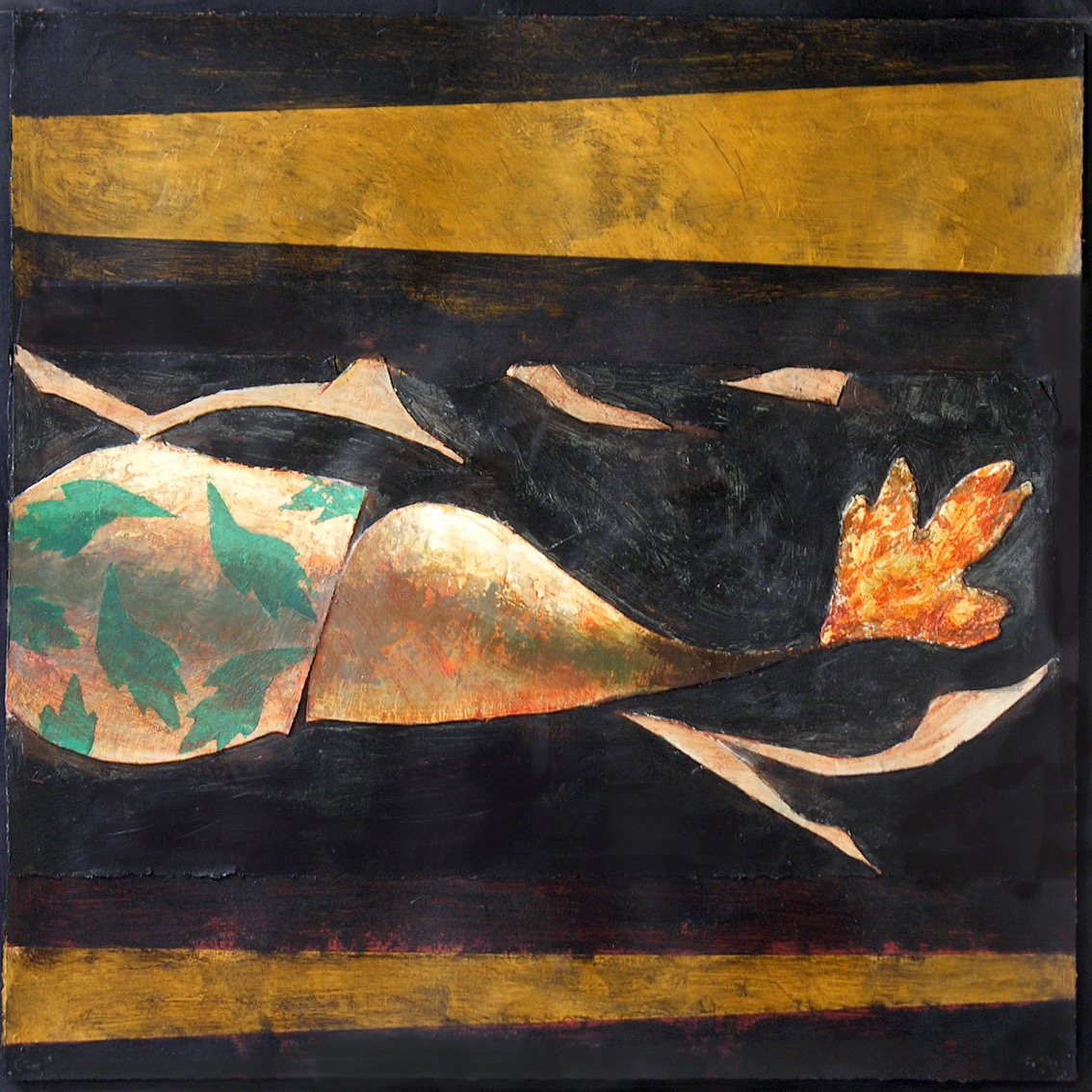
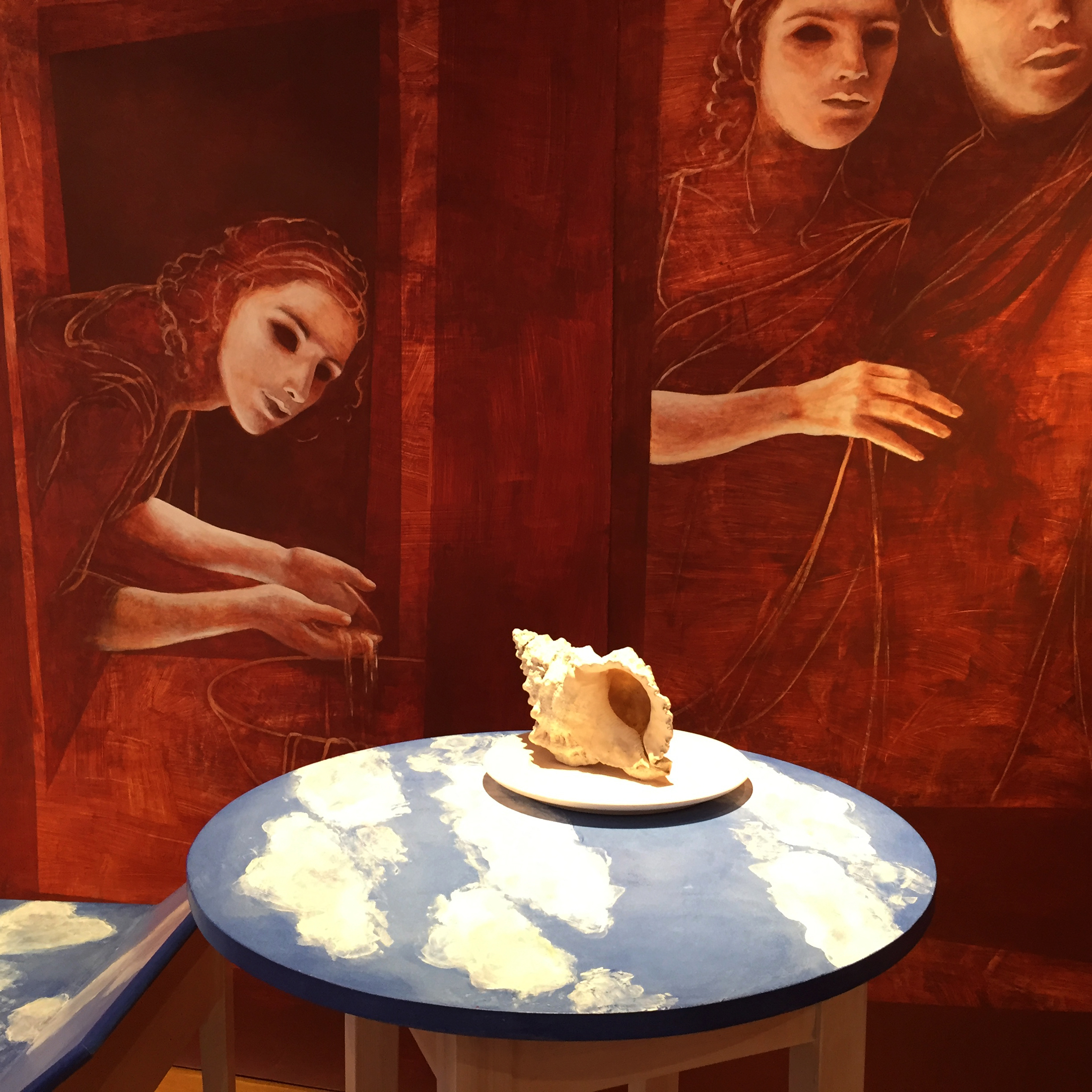
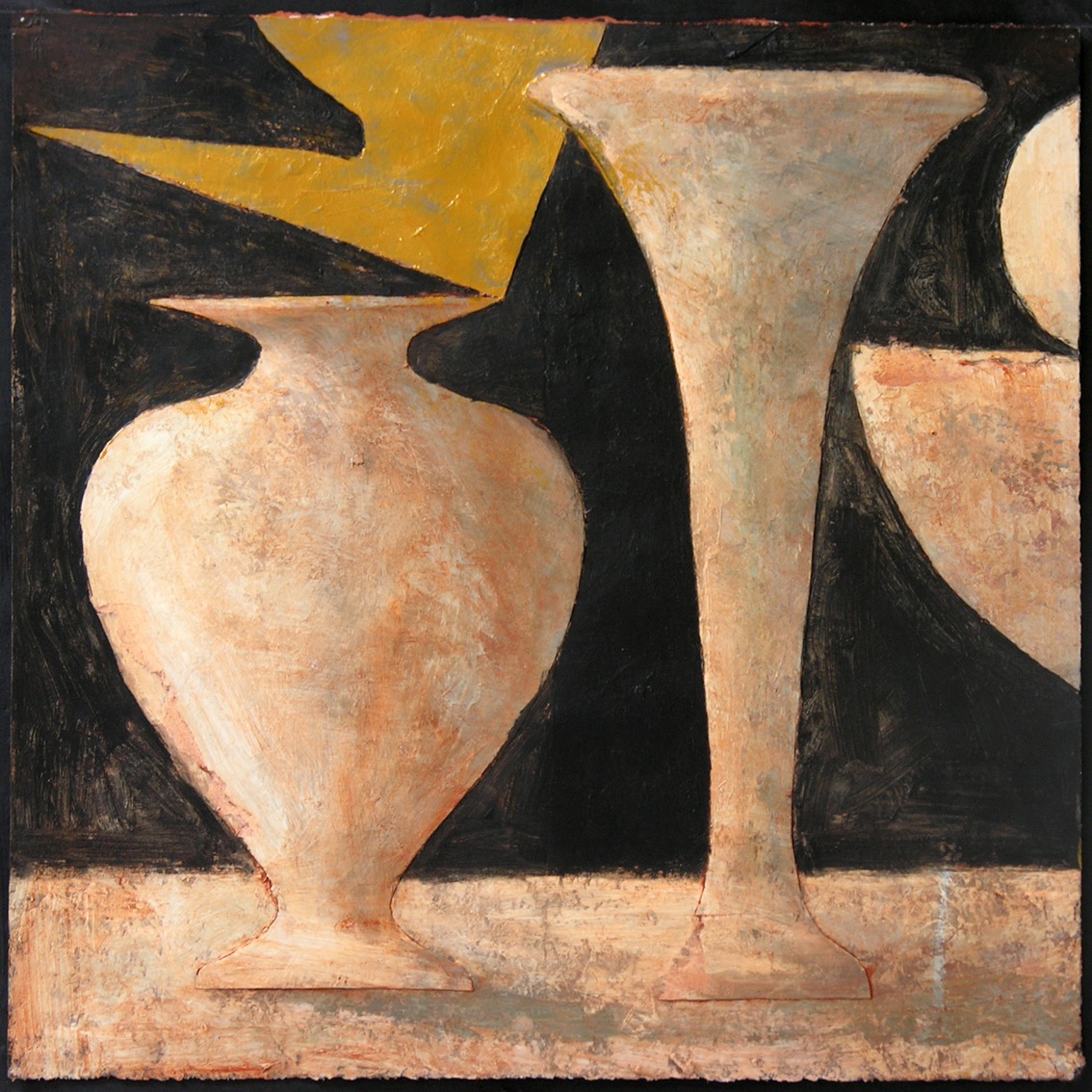
Once There Was a House is an installation that tells the story of chaos and disruption unleashed upon a home’s human and spirit inhabitants in the wake of a seismic event. Through the lens of a first-century Roman house destroyed by the eruption of Mt. Vesuvius in Pompeii in 79 A.D. this installation envisions what materializes when a home collapses in a catastrophe.
By harnessing the power of place, Once There Was a House takes inspiration from the famed Villa of the Mysteries located north-east of the village of Pompeii. Seidman and Kaplowitz have created an exciting and dynamic pictorial narrative in three-dimensional space. They achieve this through the use of painted murals and totemic sculptures. White-faced figures, frozen in the ash of the collapse, stare out from domestic doorways and windows. Spectral figures, numinous in their elegance, come alive in fresh drapery and ornaments. Resonant with rich color and texture, Seidman and Kaplowitz’s collaboration has produced an immersive environment that impels us to consider the domestic, cultural, and artistic footprint we all leave behind.
Computer generated recreation of the triclinium of the Villa of the Mysteries by James Stanton-Abott
Echoes from the Villa of the Mysteries
Early in the afternoon of August 24, 79 CE, the seventeen-year-old Pliny the Younger watched Mount Vesuvius explode from across the Gulf of Naples at Misenum. Twenty-nine hours later, buried under as much as seventy-five meters of ash and mudslide, the town of Pompeii and its surrounding suburbs had virtually disappeared.
Visitors to the extensively excavated and restored city experience the reality of stopped time. Throughout the excavations a palpable sense remains that the people who once lived in these houses still exist just beyond the door.
Discovered in the 1909, the Villa of the Mysteries is situated on the outskirts of Pompeii. Having sustained only minor damage, the majority of the frescos in this elaborately decorated country villa and working farmhouse remain intact.
The mysteries that gave the Villa its name are depicted on the walls of a triclinium (dining room). Painted about a hundred years before Vesuvius’ eruption, this frieze is generally thought to portray the secret initiation rites of the Cult of Dionysus.
The Roman domus or house functioned as a commercial and religious space as well as a domestic one. Wall paintings, small altars and mosaics became a way of creating a daily sanctuary for ancestors and gods.
